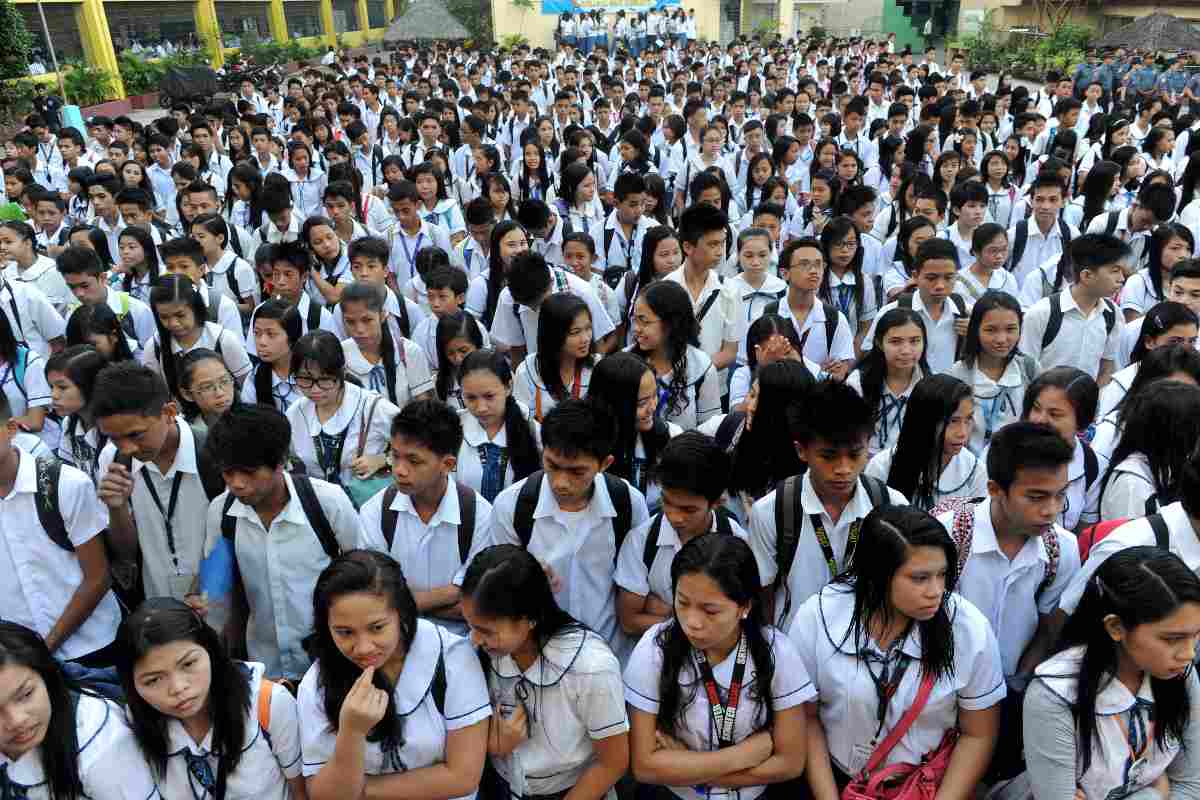By: Joseph Seabra
The Philippines is a nation that is trying to rapidly develop itself after its separation from the United States as a territory, and as mentioned before the education system of the Philippines is quite like that of the United States. Though it can be said that there is still a gap between the use of education along with technology to increase student learning within the Philippines. According to the news source the Manila Times “Only 20 percent of the country’s 70 leading companies across all sectors were inclined to hire senior high graduates, according to a study by the Philippine Business for Education (PBED)” (Lugutu, 2018). Though this cannot be directly attributed to a lack of technology within the educational sector, it can be assumed that with an increased usage of new technology Filipino students would graduate prepared for a more technologically intense workload.
The Philippines is a nation that is trying to rapidly develop itself after its separation from the United States as a territory, and as mentioned before the education system of the Philippines is quite like that of the United States. Though it can be said that there is still a gap between the use of education along with technology to increase student learning within the Philippines. According to the news source the Manila Times “Only 20 percent of the country’s 70 leading companies across all sectors were inclined to hire senior high graduates, according to a study by the Philippine Business for Education (PBED)” (Lugutu, 2018). Though this cannot be directly attributed to a lack of technology within the educational sector, it can be assumed that with an increased usage of new technology Filipino students would graduate prepared for a more technologically intense workload.

(Directo, 2018)
One major technology that is
allowing for Filipino student to have increased access to the internet and new
technologies is the use of mobile phones as a teaching aid. As mentioned in
previous papers people in the Philippines spend an increased amount of time
accessing the internet using their smartphones, and therefore they would be
able to easily use their phones for accessing educational materials. The
program Text2Teach which was launched in the Philippines allows for students to
access informational videos and educational materials in multiple subject areas
from cell phones that have network connectivity (Bernad, 2018). According to
the online magazine UPGRADE the program has been successful since its
implementation, creating a drop in the dropout rate in “179 schools from five provinces” (Bernad, 2018). The
only major problem that can be seen with the implementation of this
educational technology is that wireless access to the internet is extremally
slow within many parts of the Philippines. In the online news source, the PhiStar
it was reported that “the Philippines has the lowest average internet
connection speed in the world and among Asia-Pacific countries with 4.5 Mbps” (Adel,
2017). Looking forward the government of the Philippines should invest into
technologies that would allow for better wireless internet access within
Filipino schools. If the country wants to increase its educational technologies
and develop the countries educational sector, then an investment must be made
into the Wi-Fi in the countries educational areas. It can be assumed that the
government of the Philippines will focus more on mobile technology instead of
increasing the amount of wireless internet access within the educational sector
as it would allow for an increase in knowledge of technologies while decreasing
overall cost.
References
Adel, R. (2017). Philippines has
lowest internet speed, report says. In philstar.com. Retrieved November 27,
2019, from https://www.philstar.com/headlines/2017/05/22/1702506/philippines-has-lowest-internet-speed-report-says
Bernad, M. (2014). How mobile
technology has bridged the education gap in PH. In upgrademag.com. Retrieved
November 27, 2019, from http://www.upgrademag.com/web/2014/06/20/mobile-technology-used-brige-education-gap-ph/
Directo, J. (2018). Students attend
a flag raising ceremony before singing the national anthem at a government
school in Manila. In The Asean Post. Retrieved November 27, 2019, from https://theaseanpost.com/article/improving-education-philippines
Lugutu, R. (2018). Reforming the PH
education system. In The Manila Times. Retrieved November 27, 2019, from https://www.manilatimes.net/2018/06/14/business/columnists-business/reforming-the-ph-education-system/407929/
No comments:
Post a Comment